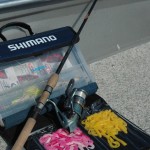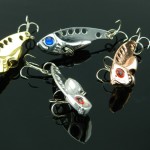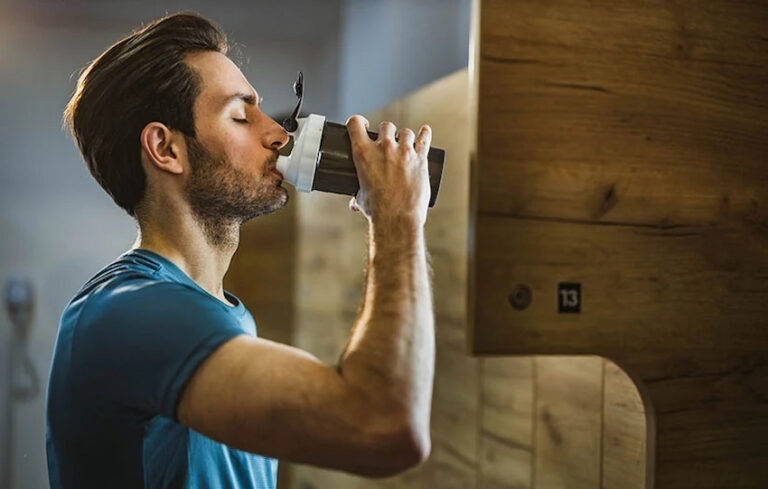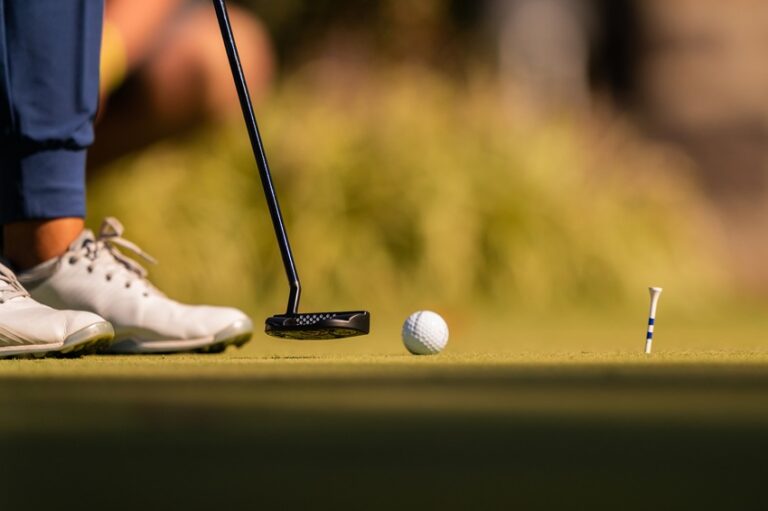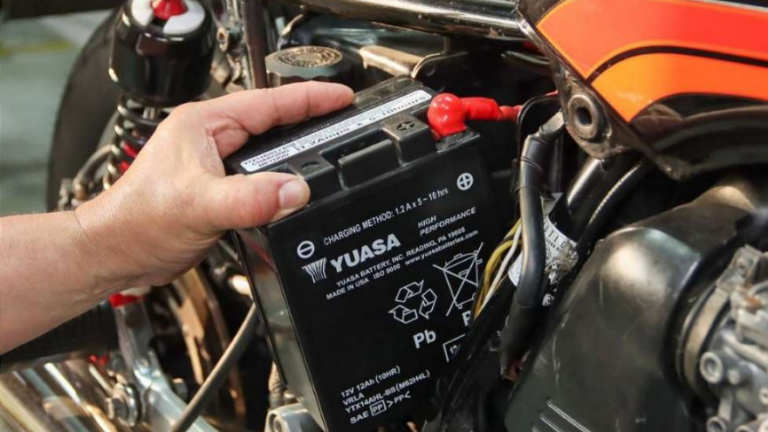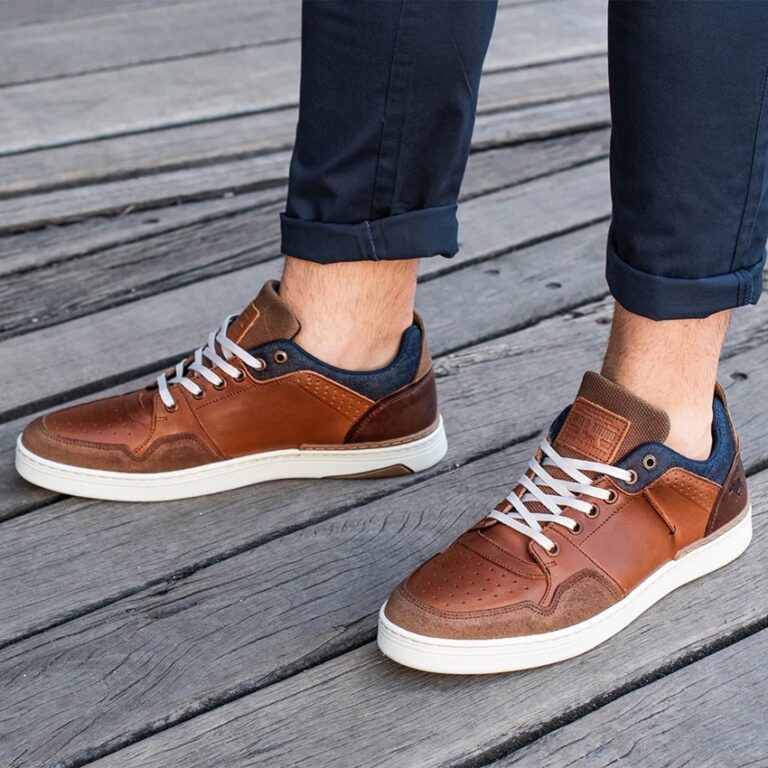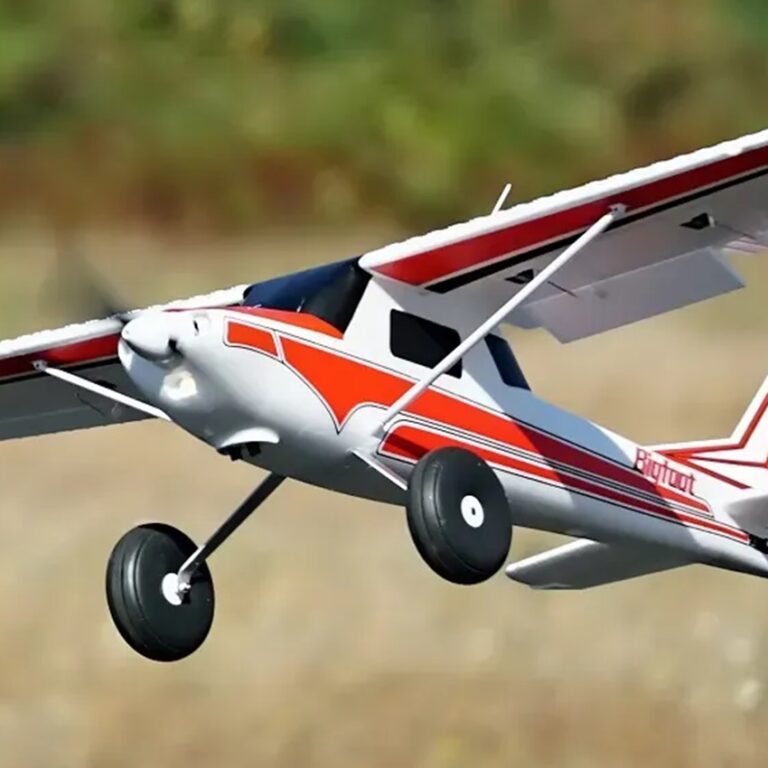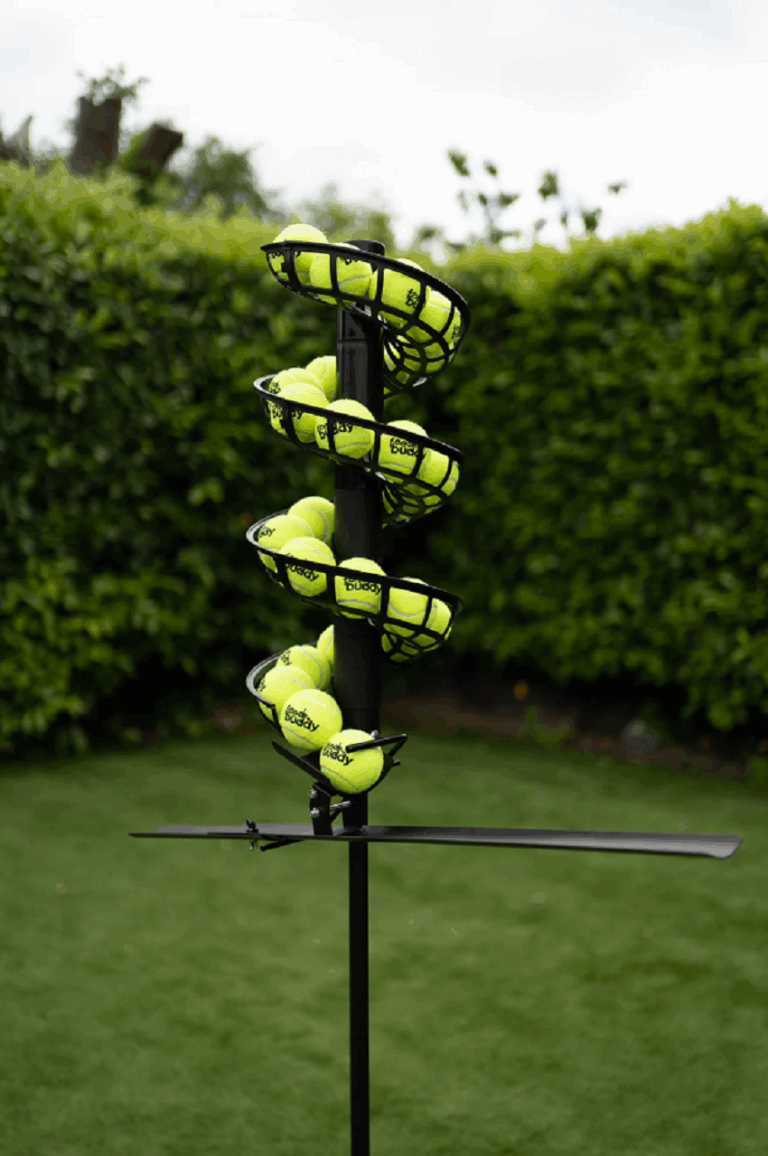In cricket, talent is just the beginning. Skill, discipline, and structure key to shaping a group of individuals into a high-performing team. And while strategy and coaching play an important role, the cricket training equipment you use can make or break the effectiveness of your sessions.
Whether you’re working with school teams, club-level squads, or senior players, the right gear doesn’t just enhance performance; it also builds confidence, encourages engagement, and reduces the risk of injury.
What Gear Do You Need to Play Cricket?
Before getting into advanced drills or practice strategies, every coach should ensure their team is equipped with a solid foundation of basic training tools. These are grouped into four categories: batting, bowling, fielding, and fitness/safety equipment.
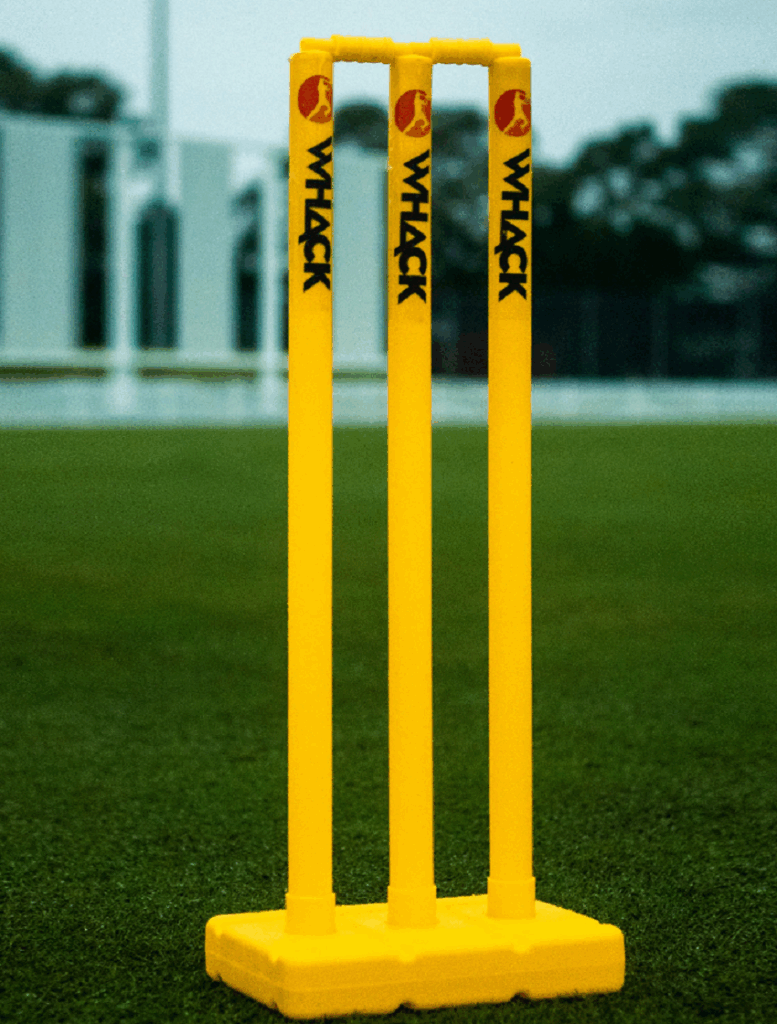
Batting Gear
Batting is one of the most technical aspects of cricket, requiring quick reactions, refined footwork, and precise timing. Here are the core items to support batting development:
- Batting Tees: Ideal for junior players to learn shot selection without worrying about incoming deliveries.
- Bowling Machines: Offer consistent line and length to allow batters to focus on specific shot techniques. Speed and swing can often be adjusted to suit player level.
- Target Stumps: Help players practice placement and directional hitting.
- Sidearm Throwers and Throwdown Balls: Allow for varied bowling simulation without tiring the coach.
Bowling Gear
A solid bowling attack requires more than just natural ability. Bowlers need to fine-tune their consistency, pace, and spin control.
- Pitch Mats: Offer realistic bounce and grip in a portable form, great for indoor or uneven outdoor surfaces.
- Marker Cones: Used to set visual targets for bowlers to aim at, improving line and length accuracy.
- Swing and Seam Balls: Designed to exaggerate movement in the air or off the pitch, helping bowlers perfect control.
- Resistance Bands: Support strength training specific to fast bowling mechanics, especially useful for injury prevention.
Fielding Gear
Fielding wins matches. Good fielders turn ones into dots and half-chances into wickets. Improve your team’s defensive skills with:
- Katchet Boards: Mimic the unpredictable bounce off the edge for slip catching practice.
- Rebound Nets: Allow players to practice reflex catches, both high and low.
- Agility Poles and Hurdles: Improve lateral movement and fielding agility through footwork drills.
- Catching Mitts: Protect hands during intense drills and boost confidence in close-catching scenarios.
Conditioning and Safety Gear
Fitness and safety are the foundation of every successful team. Tired players don’t make good decisions, and injured players can’t perform at all. Invest in:
- Agility Ladders: Enhance foot speed and coordination.
- Medicine Balls: Build core strength for powerful shots and throws.
- Speed Cones: Use them for sprint drills and quick-change direction exercises.
- First Aid Kits: Always have one fully stocked and close at hand during every training session.
- Protective Gear: Helmets, pads, gloves, and guards are essential, especially in net sessions where fast bowlers are involved.

Must-Have Equipment for Specific Team Drills
Once you’ve covered the basics, it’s time to think about drills tailored to different aspects of the game. These drills simulate match scenarios and reinforce skills under pressure.
Drills for Batting Against Spin or Pace
When working on footwork and shot selection, it’s crucial to vary deliveries. Bowling machines, sidearms, or manual throwdowns can simulate everything. Placing pitch mats with different surfaces can help players adapt to unfamiliar conditions.
Bowling Accuracy Drills
Target cones and chalked zones can help bowlers focus on hitting the perfect length. Integrate competitive elements, like hitting the target three times in a row, to boost motivation.
Catching and Reflex Drills
Use rebound nets and kick boards to simulate erratic bounces from slips or gully regions. Add reaction balls to encourage players to stay alert and improve their first-step movement.
Under-Pressure Fielding Scenarios
Combine sprinting with catching drills by placing cones at intervals, followed by a sudden ball release for a diving catch. This forces players to work on recovery speed and reaction under fatigue.
Teamwork and Coordination Games
Create mini-challenges that require communication, like relay fielding or “circle throw” drills, to build team cohesion. These exercises double as warm-ups and morale boosters.
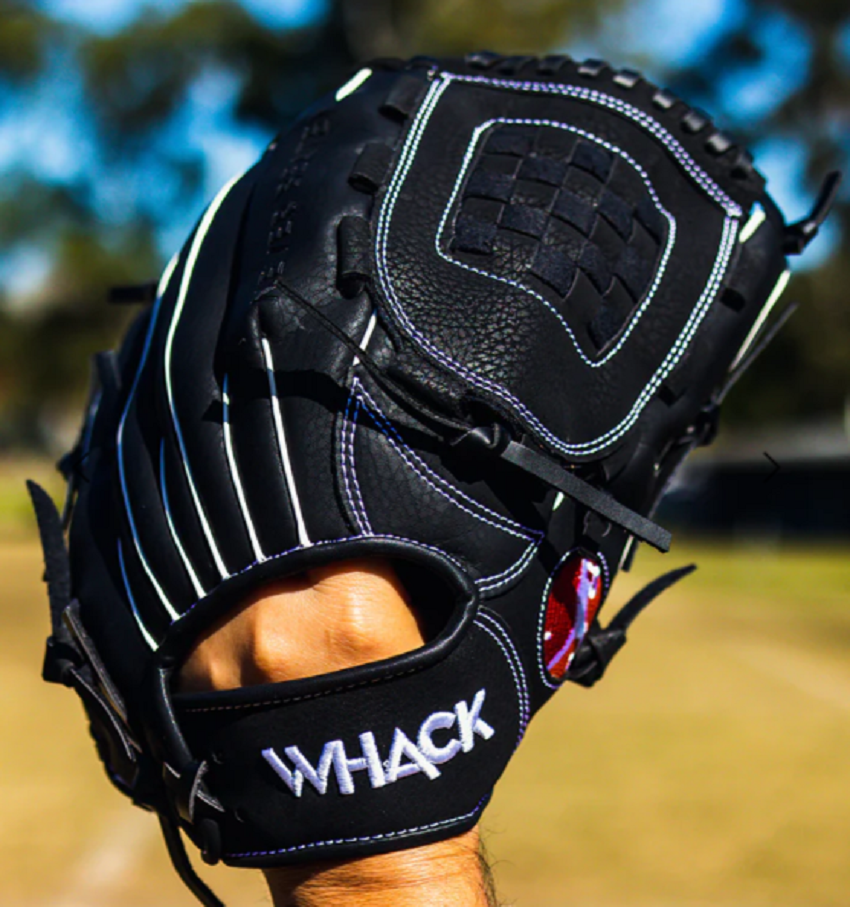
How to Choose and Manage Cricket Training Equipment
It’s not just what you buy, it’s how you use and manage your cricket training equipment that makes the difference. Here are some smart strategies:
- Go for multi-use items. Cones, for instance, are great for marking out boundaries, visual targets, or running drills.
- Prioritise Versatility – Go for multi-use items. Cones, for instance, are great for marking out boundaries, visual targets, or running drills.
- Match Equipment to Age and Skill Level – Soft cricket balls and lightweight gear are best for younger players, while senior squads may benefit from more advanced aids like swing trainers or resistance-based tools.
- Keep Your Kit Organised – Store equipment in durable bags or bins. Label everything, create checklists, and assign gear responsibility to team members. This saves time and ensures nothing gets left behind.
- Maintain and Replace Regularly – Keep your gear clean and in working order. Check for damage after each session, especially on protective gear. Replace anything worn or unsafe.
- Adapt Gear to Your Environment – Outdoor grass? Indoor court? Dry net surfaces? Be ready with portable mats, boundary nets, or slip cradles so your session can adapt to the conditions, not the other way around.
Why the Right Equipment Matters
At the end of the day, cricket is as much a mental game as it is a physical one. Quality training tools help players build good habits, prepare for real-match situations, and perform with confidence. The right cricket training gear turns an average session into a great one.
A well-equipped coach can run drills that challenge and inspire players while keeping training structured and efficient. And when your players see that you’ve invested in the right tools, it elevates their commitment and enthusiasm for the game.
So if you’re ready to take your team training to the next level, don’t just show up with a few balls and a bat. Build a kit that matches your ambition.




